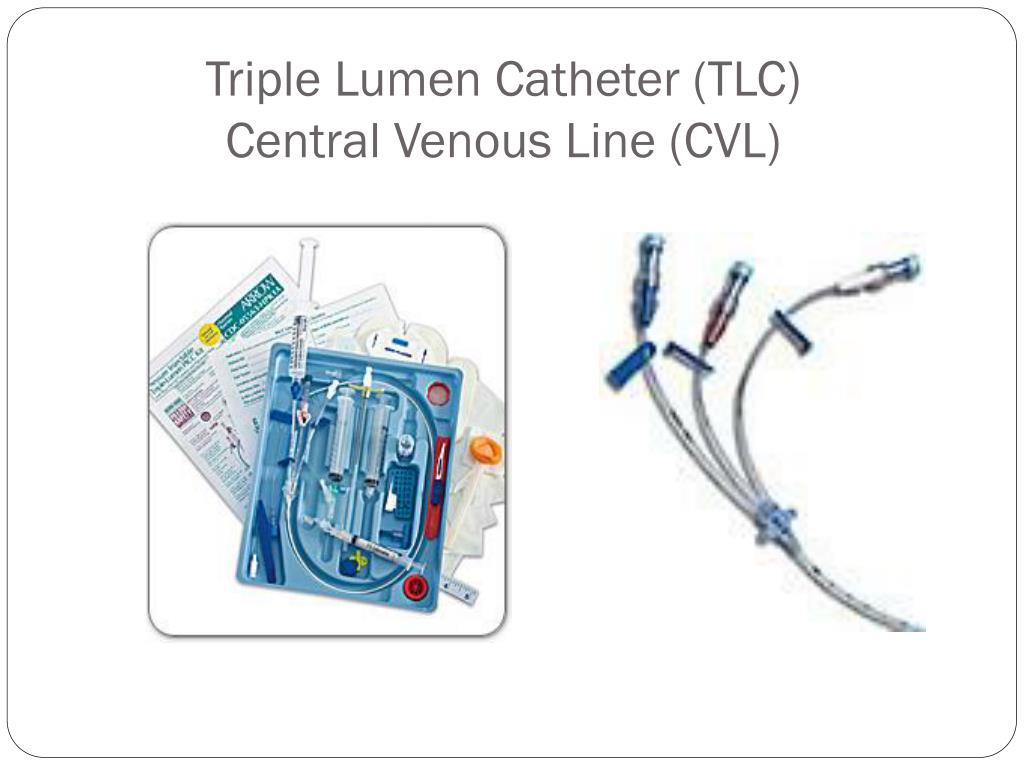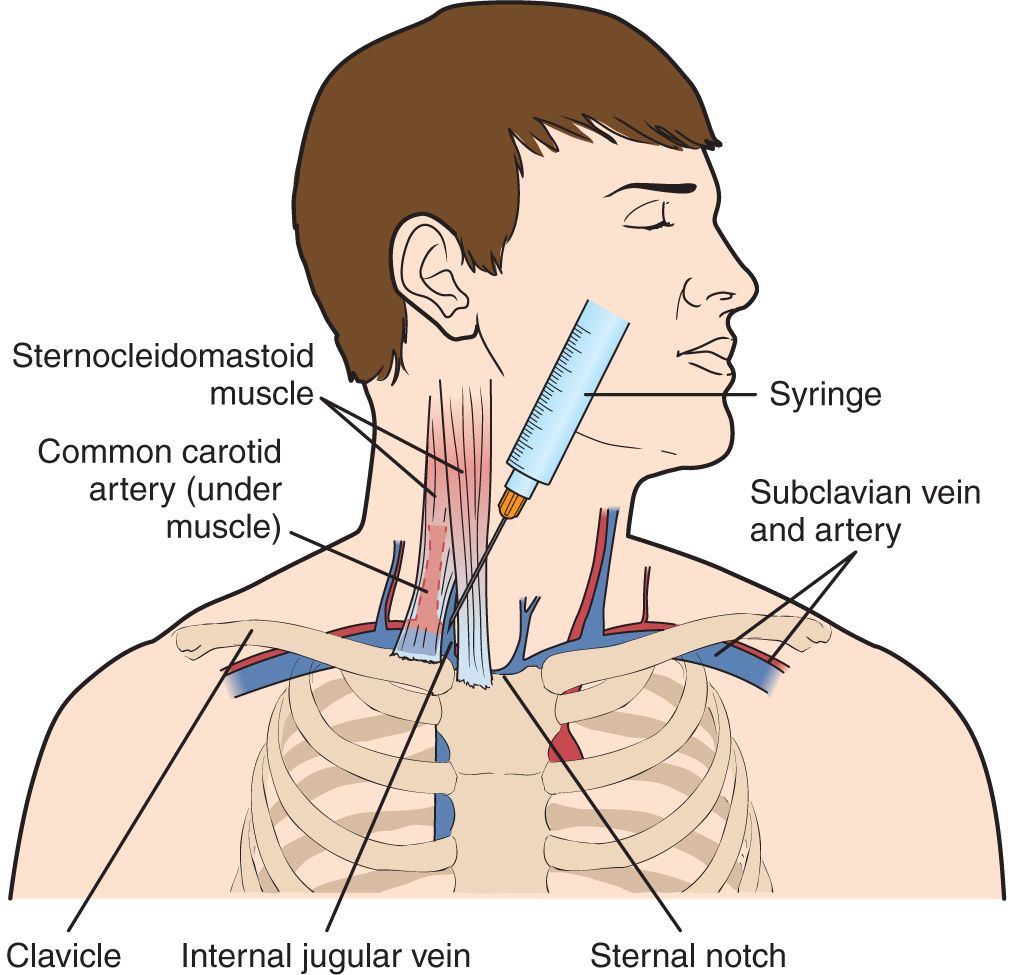



Thrilled that his patient now had access to lifesaving medications in time, the physician thanked the Vascular Wellness clinician. Placing and confirming the line, which was then validated by the physician, gave the physician comfort to commence treatment immediately as needed. Internal Jugular Line and Vasopressors – Diagnosis and Treatmentĭespite the respiratory closure, the Vascular Wellness clinician was able to quickly and timely place a triple lumen Internal Jugular (IJ) line and confirm such placement. Unfortunately, this line has only 1 lumen and the patient’s multiple and incompatible medications required separate lumens, making it an incomplete and inferior solution. The intrathoracic pressure changes with larger inspiration and smaller expiration were causing instability of the internal jugular vein, making for a difficult Internal Jugular (IJ) placement despite what is clinically indicated.Īfter two doctors and an anesthesiologist tried unsuccessfully to place an IJ, they placed an intraosseous needle in his bone marrow to have access to his bloodstream. The patient’s medical condition was compounded by respiratory closure. This made the upper arm veins no longer able to support a PICC line however, the patient needed vascular access. The patient was on vasopressors, powerful drugs that constrict the veins to increase blood pressure to the heart, and had received the norepinephrine through the arm resulting in vein constriction. This case occurred in a hospital with a critically ill, unconscious patient, paralyzed in one arm. Internal Jugular Line and Vasopressors – Clinical Case Our extensive training program and diverse client base including Level 1 Trauma Centers, Short Term Acute Care Hospitals, Long Term Acute Care Hospitals, and Skilled Nursing Facilities provide our clinicians with a wide array of clinical experience and why we believe our clinicians, as a group, are the most experienced and best trained and supported vascular access clinicians. These cases generally involve challenging situations or intriguing clinical presentations and may involve more than one Vascular Wellness clinician as our clinicians have the ability to consult each other while in the field, as well as an on-call Clinical Administrator via a HIPAA-compliant communication app.
Ij triple lumen central line series#
Nurse Clinicians in Action is a spotlight series highlighting some of the interesting cases that Vascular Wellness clinicians have encountered and participated in treatment. As the carina is a visible structure, which is located above the level of the pericardial reflection, it can be used as an anatomical landmark to help determine the level of a CVC tip within the SVC and above the pericardial reflection.Internal Jugular Line and Vasopressors describes how the Vascular Access clinician was able to use his advanced skill set to timely place an Internal Jugular (IJ) line in a critical patient on vasopressors and is the focus of this Nurse Clinicians in Action. Neither the SVC nor the pericardial reflection are visible on a chest X-ray. Positioning a CVC tip within the SVC and below the level of the pericardial reflection is associated with a small risk of pericardial tamponade. The lower part of the SVC is surrounded by the pericardial reflection this is where the upper pericardium folds back on itself to form a sac. Positioning the catheter tip too proximally, for example in the right or left brachiocephalic veins, is associated with increased risk of line infection and thrombosis. Catheters used for haemodialysis may be placed at the cavo-atrial junction or even in the RA itself. Ideally the distal end of a CVC should be orientated vertically within the SVC.ĬVCs placed for the purpose of long term chemotherapy may be placed more inferiorly at the cavo-atrial junction - the junction of the SVC and right atrium (RA). Positioning the tip of a central venous catheter (CVC) within the superior vena cava (SVC) at or just above the level of the carina is generally considered acceptable for most short-term uses, such as fluid administration or monitoring of central venous pressure. Identifying the exact position of a catheter tip is limited by the quality of the X-ray.Correct positioning of a CVC tip also depends on the intended use of the catheter.Correct positioning of a CVC tip depends on the side of entry.The carina is clearly visible on most chest X-rays and so is used as a landmark to help determine central venous catheter (CVC) location.


 0 kommentar(er)
0 kommentar(er)
